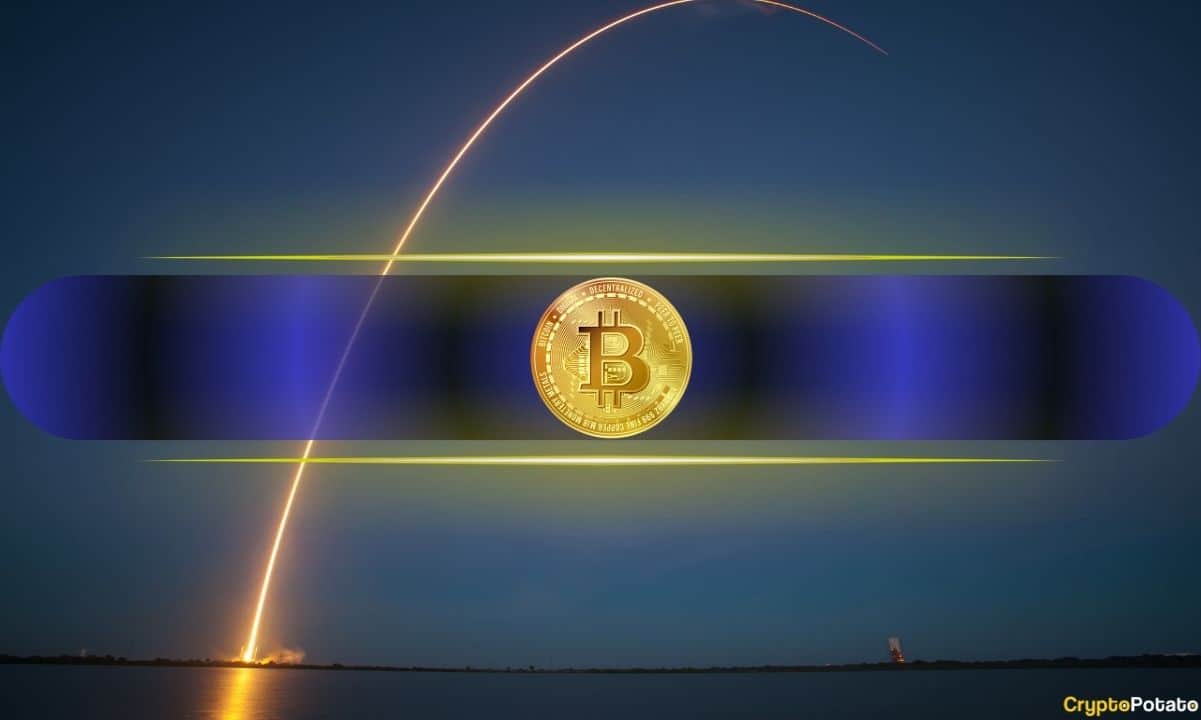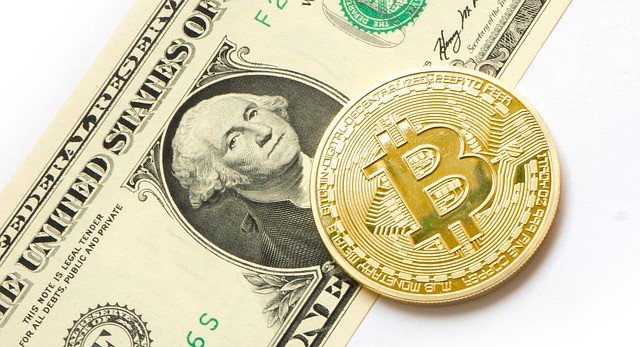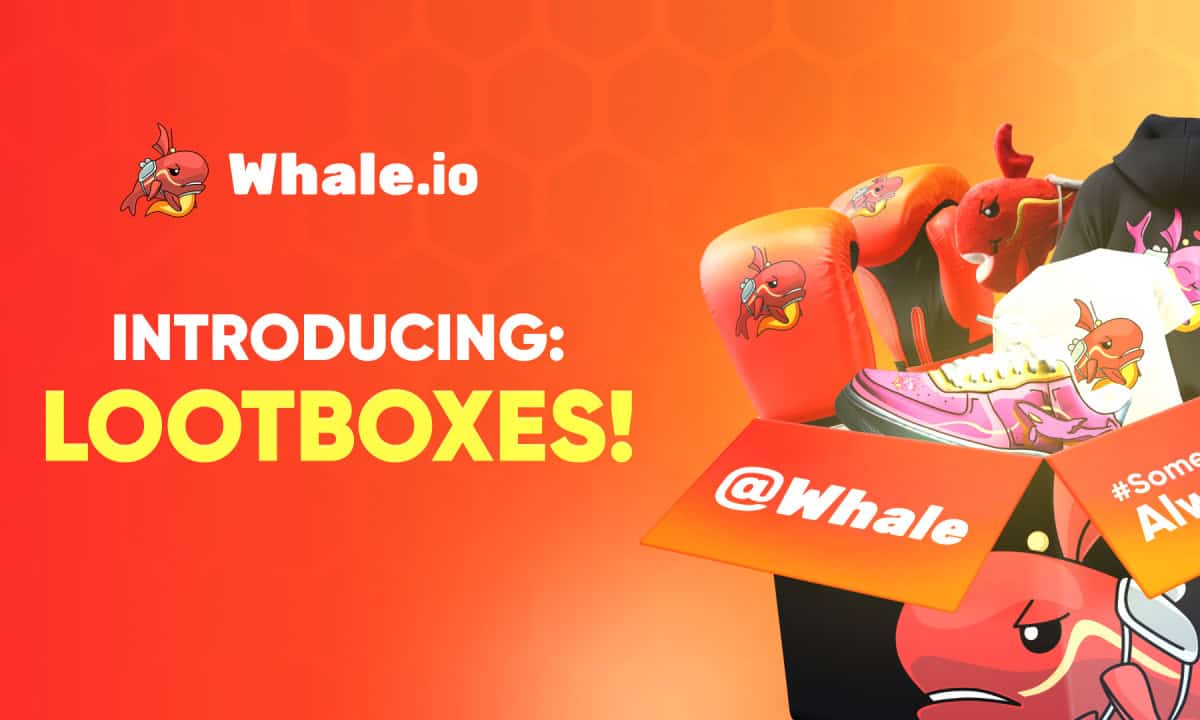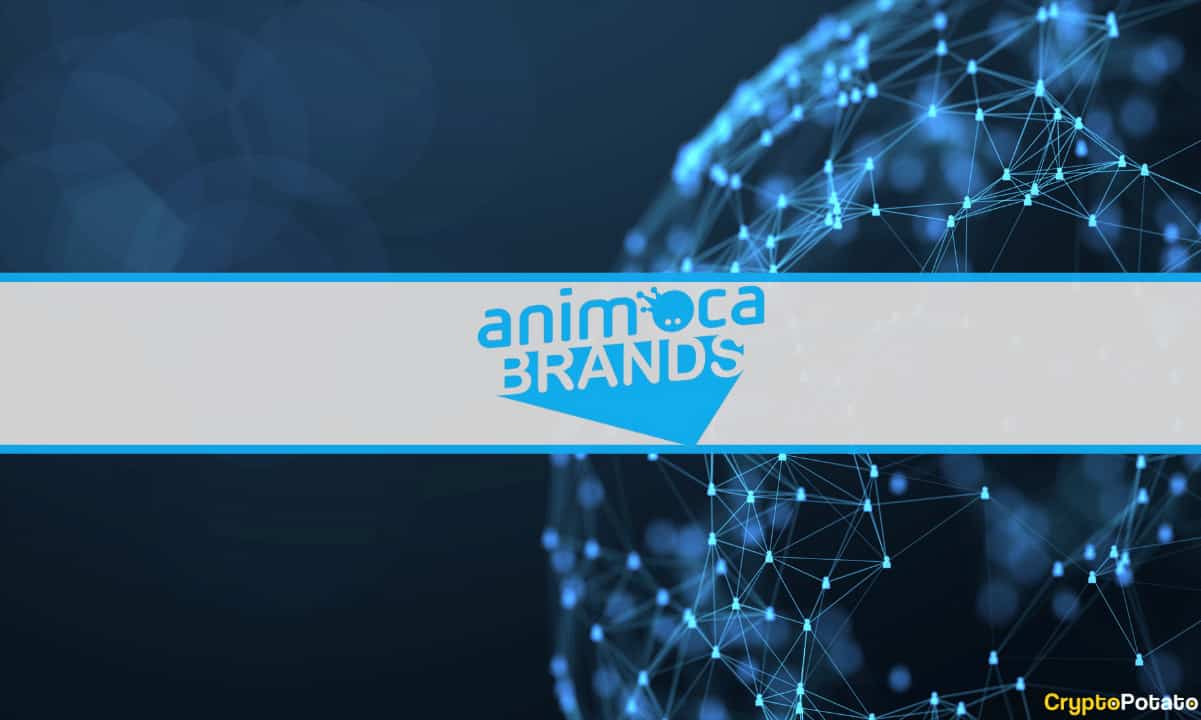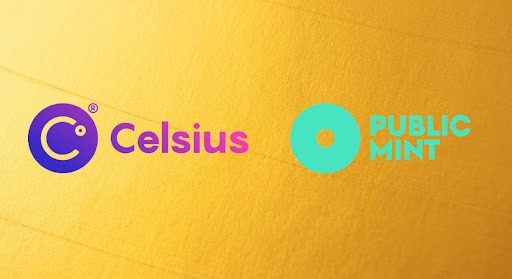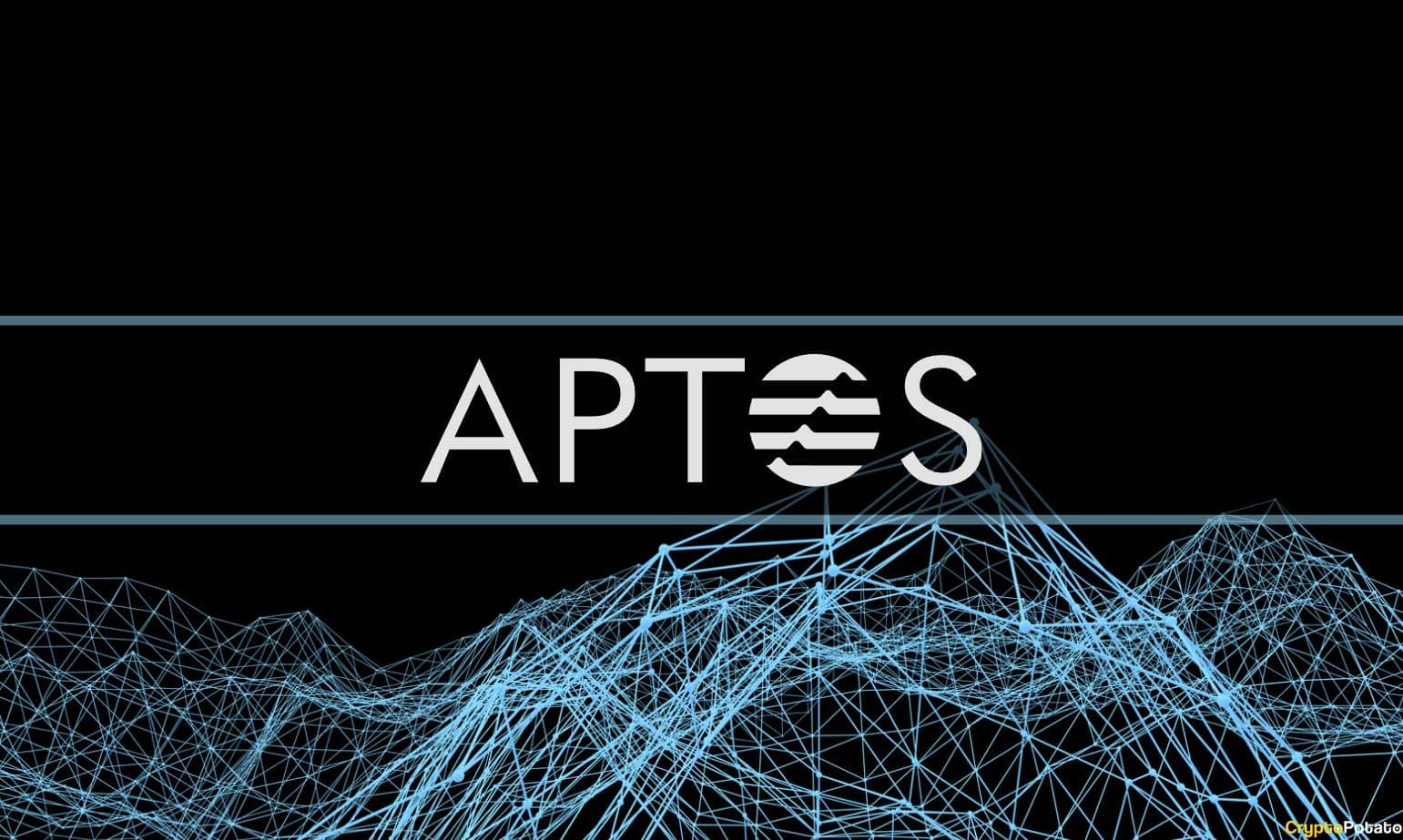The Social (Token) Network: Rally, Friends With Benefits and the Future of Branding
!llmind is a Grammy-winning producer. He collaborates with artists like Beyonce, Kanye West and Lin-Manuel Miranda – it’s a long list.
The secret to his success? A concept he calls “BLAP,” which originally stood for Beats, Love, Alcohol, Parties. He builds communities. This started back in 2007, in a Soho lounge called Katra, where he threw events for up-and-coming producers to dance, drink and swap ideas on how to collaborate.
“It turned into a mini networking event,” said !llmind, who then expanded to meet-ups in London, Berlin and across the U.S. He kept building. He launched an online business that sold tools to musicians, like the “BLAP Kit,” a digital drum kit of “over 2,100 one-shot WAV snares, kicks, hi-hats, percussion, claps, snaps and more.” (Along the way, BLAP evolved into Belief, Love, Action, Positivity.) Then he embraced Twitch, Discord and even virtual reality studios.
Then came the $BLAP coin.
:quality(70)/cloudfront-us-east-1.images.arcpublishing.com/coindesk/OTKBWVR77JAIHGWPWQXRH3LU2A.jpg )
!llmind in 2013 (PLAY GIG-IT/Flickr)
In April, !llmind used Rally.io, a social tokens platform, to mint the $BLAP coin, which aims to create a sort of “local economy” for his fans and community. The token gives you perks. Let’s say you’re an aspiring producer, hoping to one day work with Kendrick Lamar. If you pony up enough $BLAP, you can send !llmind “melody templates” – like a four-bar guitar riff or a piano loop with no drums – and he’ll make you a custom beat. Or maybe you just want !llmind to give you a personalized video shoutout that you can post on Tik-Tok; send him some $BLAP and he’ll hook you up. BLAP can unlock online training courses, deals on his drum kits or a Zoom session to collaborate.
“This is the type of technology that I wish existed many, many years ago when I first started doing this,” said !llmind. And these are the types of things you can do with social tokens, the latest blockchain disruptor d’jour.
Quick primer: Social tokens come in three flavors, more or less: Creator tokens, community tokens and the token platforms. $BLAP is a creator token. “Friends with Benefits” is a community token. Rally is a token platform.
“Social tokens put the power in the hands of creators,” said Bremner Morris, the CEO of Rally, a former executive at Patreon, and – most impressively – somehow able to pull off a bold Clark Gable mustache. “Creators have an independent economy that they own wholly.” And creators can be almost anything: guitarists, DJs, tech influencers, thought leaders, celebrities or streamers on Twitch.
Creators can be college athletes. Historically, even the stars of NCAA football and basketball teams, who drive an estimated $18.9 billion in profit to their universities, have never received a nickel. Then something extraordinary happened: All nine Supreme Court justices agreed on something, deciding, in June, that student athletes could now profit from their NIL, or “names, images and likeness.” Suddenly they’re eligible for social tokens. “These college athletes have valuable brands, and they’re going to make a lot of money,” said Mason Nystrom, a research analyst at Messari who studies social tokens.
Some have already started. Jaylen Clark, a sophomore guard on UCLA’s men’s basketball team – who also has a side hustle building a following on YouTube, Instagram and Tik-Tok – created the $JROCK coin on Rally. Bruins fans can buy $JROCK for the current price of $0.63, essentially betting on his future. They’re buying a new kind of equity. If, one day, Clark gets drafted into the NBA and becomes an All-Star? This could make his fans rich. (Note: Rally and Clark don’t view $JROCK as an equity, and Clark has repeatedly said that his coin is meant to unlock benefits for fans, not be used as speculation.)
Of course, it’s easy to visualize the reverse. Imagine if Greg Oden, the top prospect from the 2007 NBA draft, had been able to issue a social token. Oden was hailed as the second coming of Shaq. He was destined for the Hall of Fame. Then injuries torpedoed his career, forcing him into an early retirement. If you aped into an $ODEN token? Rekked.
:quality(70)/cloudfront-us-east-1.images.arcpublishing.com/coindesk/GB3GYODSTRB7NHY4AP5FH6Y5DQ.jpg )
Kayvon Thibodeaux of the Oregon Ducks (Getty Images)
Clark isn’t alone. Kayvon Thibodeaux, a defensive end for the Oregon Ducks (already with four sacks on the season), recently created the $JREAM coin on Rally. There are many others. The platform, which launched in October 2020, said it has 212 creators, of which 74% have built six-figure mini-economies with their tokens, and five have built ecosystems worth more than $1 million. Rally’s creators include the actress Felicia Day (who offers weekly hangouts for people who hold her $GEEX coin), the artist Jen Stark ($STARK holders can get virtual studio visits), and BT, the electronica DJ, who offers perks like private listening parties for upcoming albums.
To help ensure that creators are actually making good use of their tokens – and not just ignoring them – Rally doles out regular rewards to both creators and fans. Creators need to hit certain benchmarks to receive $RLY, such as weekly growth in the number of token holders. “The rewards have been fantastic for creators,” said Jeremiah Owyang, an influential tech blogger who used Rally to create a $JOW coin. Rally distributes an average of 2.2 million $RLY each week, according to Morris, or about $1.5 million at current prices. The share for each creator? “It’s thousands of U.S. dollars each week,” said Owyang. “And the rewards are not limited to the creators. My fans are winning with me.”
Are you a popular creator, tattoo artist, podcaster, pole vaulter, mime or maybe a 13-year-old TikTok star who amassed 7 million followers through the videos of you flipping pancakes, and you’re thinking of cashing in with a social token? Careful. Tokens take work. One overlooked challenge of social tokens, said Nystrom, is that “you kind of have to provide perpetual benefits.” In today’s world, if you monetize your network with a free newsletter that’s ad-supported, you can simply stop writing the newsletter when you get bored. “But if people are buying your token, you have to continue to provide value, or have some exit strategy, which is fairly challenging.”
Just ask Joon Ian Wong, a widely-respected crypto reporter and researcher (and CoinDesk alum), who decided, as an experiment, to launch a $JOON token. He did it partly out of intellectual curiosity. Wong was intrigued by research suggesting that community currencies can jump-start and accelerate a local economy, such as the pre-bitcoin experiment of the Brixton Pound in London.
So in June 2020 (a lifetime ago in crypto), using a platform called Roll, he launched the $JOON coin. “It’s true … I have my own token now!” Wong tweeted at the time. Flash forward to now. His takeaway? “I discovered that it’s just a sh**tload of work to keep a token going,” Joon said, chuckling a bit. “Oh, that’s why central bankers have jobs, because you have to think of all these things.”
He had headache after headache. For example, when he launched the token, he needed to create a pool on Uniswap – this would let people buy it. “So then it’s like, oh, s**t, what’s my pair going to be?” Should he go with $JOON/ETH, letting people buy $JOON with ETH, or $JOON/USDC, using a stable-coin? He chose $JOON/ETH. Then he discovered that was a “terrible idea,” as the price of ETH was low at the time, but then continued to climb for the next year and a half, which meant that “all the ETH is taken out of the pool, and you’re left with a ton of $JOON, so you have to keep pumping ETH in.”
Then he had to distribute the damn tokens. “I couldn’t get it into the hands of people,” said Wong, even though he tried to give it away on Twitter. He tried a series of meet-ups, using a clever service called Kickback that tries to prevent no-shows; you stake $JOON tokens to RSVP, and if you no-show, the tokens are dished out to the people who bothered to attend.
“All of this was manually done, and it was just very cumbersome,” he said. (It’s likely that the platform of Rally, which hadn’t launched yet, would reduce much of this friction.) Then Roll was hacked, the $JOON was drained, and Joon eventually put the project behind him. But the $JOON token still exists in zombie mode. “Tokens never die,” said Joon, noting that if he’s somehow elected president tomorrow, “maybe someone would pump 1,000 ETH into that pool.”
Despite all of that, Wong remains bullish on social tokens, as “the concept clearly has a lot of resonance and traction with a wide variety of people.” He also likes that tokens are more than just a gussied up version of equity. “It’s a lot more like loyalty points,” he said, “which itself is a massive, massive industry.” Wong even serves as an advisor to Rally and works with Seed Club, an accelerator for token communities.
Which brings us to the second type of social token.
“Community tokens” are trickier to define. At heart, they “help members share in whatever upside there is of a community’s value,” said Nicole d’Avis, the education and community lead at Seed Club. She gives an example from her own life. As a mom, d’Avis spends a lot of time on Mom Instagram with the Mom bloggers. “There’s tremendous economic power behind that demographic,” she said. “And those platforms are profiting from the creative work of the community members.”
:quality(70)/cloudfront-us-east-1.images.arcpublishing.com/coindesk/AUKDWWAMPNBTVGML6IL3OFERVQ.jpeg )
(Alex Zhang/Linkedin)
By “centralized platforms,” of course, we’re talking about the usual punching bags of Facebook, Instagram and Twitter. But think about Clubhouse. Its value skyrocketed during COVID. And how does it reward the contributions of its members? “The platform wasn’t that technologically advanced,” argues Alex Zhang, the de facto head of Friends with Benefits, a social decentralized autonomous organization (DAO). “The people brought the value, and all of the value accrued to the platform layer.” It’s the people who spoke, it’s the people who listened, and it’s the people who got nothing. (Clubhouse, of course, would argue that members received value by enjoying the platform for free.)
More philosophically, Zhang sees this as an almost existential limitation of corporations, a problem we can only crack with DAOs and social tokens. “Corporations are a century-old institution,” said Zhang. “Most of them were built with the framework of selling goods and services… They were not designed for these grassroots, community generated social networks, where the product is the actual human, populating the platforms with their ideas and content.” He said that a new structure – fueled by social tokens, non-fungible tokens (NFTs), and DAOs – is needed to “incentivize all the pieces in the game.”
But what do these community tokens do, exactly, besides the usual crypto speculation? In the case of Friends with Benefits, as Zhang explains it, the tokens play two roles: gating and compensation.
The gating starts with membership. Friends with Benefits isn’t cheap. Aspiring members need to fill out an application, join a Discord server and then buy a whopping 75 FWB tokens; as of this writing, that’s a tab of around $8,000. Joon remembers an incredulous friend telling him, “This is ridiculous … You’re asking me to join Soho House [the exclusive social club], and it costs as much as joining Soho House, but there is no house.”
“That’s accurate,” Joon told his friend. But then he had a comeback. “Chris Dixon isn’t hanging out in Soho House … If you want to hang out with Chris Dixon, he’s in a freaking Discord server.” Dixon, of course, is a prominent internet entrepreneur and partner at Andreessen Horowitz … very much a friend with benefits. The FWB community is about the intersection of “culture and crypto,” with the implicit lure of hobnobbing with notables. And just a few days after my call with Joon, Dixon co-wrote a piece on why he’s investing in Friends with Benefits, believing it will enable “a different kind of renaissance for the next evolution of the internet.”
The gating continues once you’re a FWB member. It’s free to read all of FWB’s content online, but it will cost you 1 FWB token to read the newsletter. The gating can be literal. Earlier this summer at Bitcoin Miami, FWB threw an “All Time High” party, but you’d need to pony up 10 FWB tokens to enter (more than $1000 at today’s prices). Are social tokens the new velvet rope?
The second use of the FWB token is compensation. A network of 150 contributors works on six different teams at FWB: Editorial, Product, Events, Membership, and Cities. These members don’t work for free. They’re paid in FWB tokens. For example, the tribe of FWBers soon encountered a problem that vexes many online communities: the sheer volume of conversation can be overwhelming, especially on the Discord server. It’s tough to keep up.
So a few plucky members scoured Discord for the most interesting posts, flagged them, and essentially created a “TLDR” summary that members could skim in a weekly email. The creators of this email were paid in FWB tokens, and the email itself cost 1 FWB token to read. Now scale this concept. In theory, all of the chores, projects and grunt work of online communities – which often gets neglected – could be incentivized and powered by social tokens. Such is the potential of hyper-local economies.
The line between “creator tokens” and “community tokens” can blur. It might even be a false distinction. !llmind is a creator, but he’s also building his community. Friends With Benefits, a tokenized community, is packed with creators. Or consider one of the first social tokens, $WHALE, launched in May 2020 by the prominent NFT collector who goes by “Whale Shark.” The token is inspired by an influencer (so a creator coin), but the 25,000 $WHALE token holders act as a community (and DAO) by voting on things like which NFTs they should buy or sell, what events they should plan or how to structure the WHALE monthly distribution budget. “Over the last 12 months, we have seen 40 proposals being voted on,” said Whale, whose $WHALE vault valuation is now “conservatively pushing close to $100 mil.”
Then there’s the angle for brands. Joon had compared tokens to “loyalty programs,” and this could be prescient. The chief marketing officer of every corporation on the planet, one could argue, should be paying attention to social tokens.
“Brands are 100% going to embrace this stuff,” said Jeff Kauffman, who has a deep background in marketing and advertising, and, like !llmind, has spent most of his career building communities, ever since that time in 2005 he launched a MySpace page for his local skydiving chapter. Kauffman has created a community token called $JUMP – as in Jump into Web 3.0 – filled with brand and marketing experts, and they’re all trying to figure out how to make social tokens work for brands.
The reason for Kauffman’s optimism? Users aren’t the only ones upset with Facebook. Brands are grumpy, too. “Facebook promised a direct connection between brands and consumers, but then Facebook pulled the ultimate rug,” said Kauffman. Facebook’s “rug pull” was switching to a pay-to-advertise model, such as telling brands they needed to fork over money to see their posts appear on timelines. “Brands don’t want to pay a sh**load on advertising, but they’re forced to by these big intermediaries,” said Kauffman. “The hope of social tokens is that brands can do what they really want to do, which is have a real relationship with customers, and build a real community.”
So will we soon see a $NIKE coin, a $PEPSI coin, a $TESLA coin? Yes and no. In the short term, Kauffman suspects that regulatory hurdles will keep traditional, publicly traded companies from creating their own tokens … but he expects them to partner with new communities. He gives the example of Patagonia. Imagine that a tokenized community forms around an environmental platform – let’s call it the $GREEN coin. “Patagonia cares a lot about the environment,” said Kauffman. “It’s not a stretch to see Patagonia partner with that community. That’s what we’re going to see in a really big way. Tokenized communities will partner with brands that share the same values.”
Or maybe the regulation concerns can all be conquered, and brands embrace tokens more directly. That’s what Owyang envisions. “Brands will convert their loyalty program points into social tokens,” said Owyang, just as many brands have aped into NFTs. Owyang is keeping careful track of the many, many brands now dabbling in NFTs (he wrote a nice summary), and the list spans from Jimmy Choo to Campbell’s Soup.
Tokens could be next. Unlike loyalty points, tokens are programmable and can be wired to do certain things. “Instead of United [frequent flyer] points, those will eventually be social tokens. Those will grant access to their website and premium content, and to watch movies on the plane,” said Owyang. Maybe this United token will let you access the lounge at the airport. Or if you tweet positive things about United, you’ll automatically get UNITED zapped to your wallet.
In this world of hyper-tokenism, it might be a breeze to move your rewards from one company to another. “Anyone who has ever tried to exchange points, like from Marriott to American, knows it’s a nightmare. It’s a horrible process,” said Nystrom. But what if both Marriott and American use social tokens, and they’re easily tradable in a liquid market on Uniswap or Coinbase? “It would be awesome,” said Nystrom, “and so much better for the companies, too.”
Maybe. But as !llmind reminded me, “It’s still super early.” He’s excited about the potential of his BLAP token community, but it’s a tiny slice of his overall pie. !llmind has 37,000 followers on Twitch, 106,000 followers on Twitter and 342,000 on Instagram. He has 615 holders of his BLAP coin.
“The entire system is very new,” said the producer, but he expects it to grow, and plenty of his bets have been right. Because at the end of the day, !llmind reasons, social tokens can help him and his peers “ultimately make a living as a creator.”
UPDATE (19:25 UTC, 11/9/21): This article has been updated to clarify that $JROCK is not equity, and that Jayden Clark sees his coin as unlocking benefits for fans, not as an asset for speculation.

Jeff Wilser is the author of 7 books including Alexander Hamilton’s Guide to Life, The Book of Joe: The Life, Wit, and (Sometimes Accidental) Wisdom of Joe Biden, and an Amazon Best Book of the Month in both Non-Fiction and Humor.
Subscribe to The Node, our daily report on top news and ideas in crypto.
By signing up, you will receive emails about CoinDesk product updates, events and marketing and you agree to our terms of services and privacy policy.


